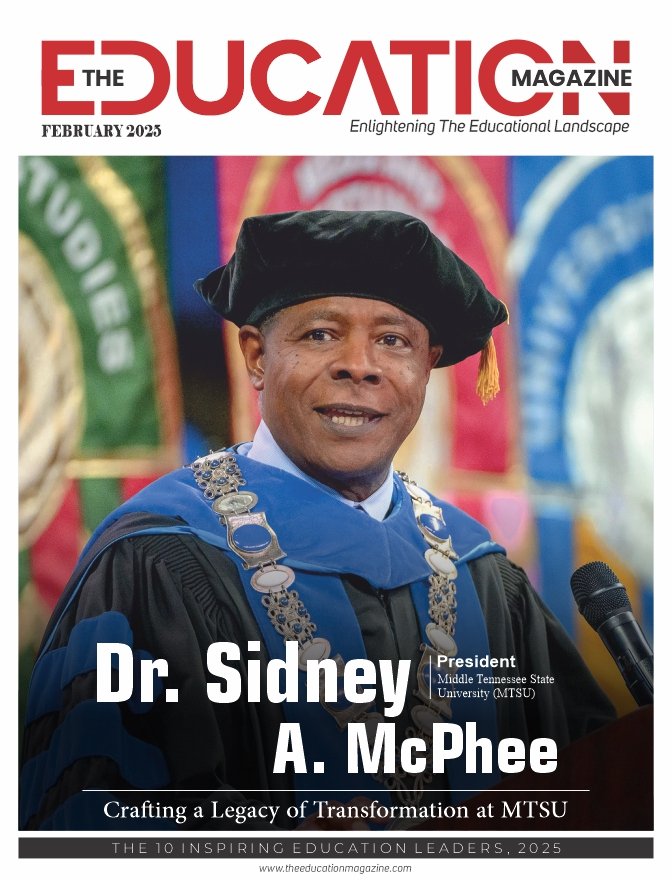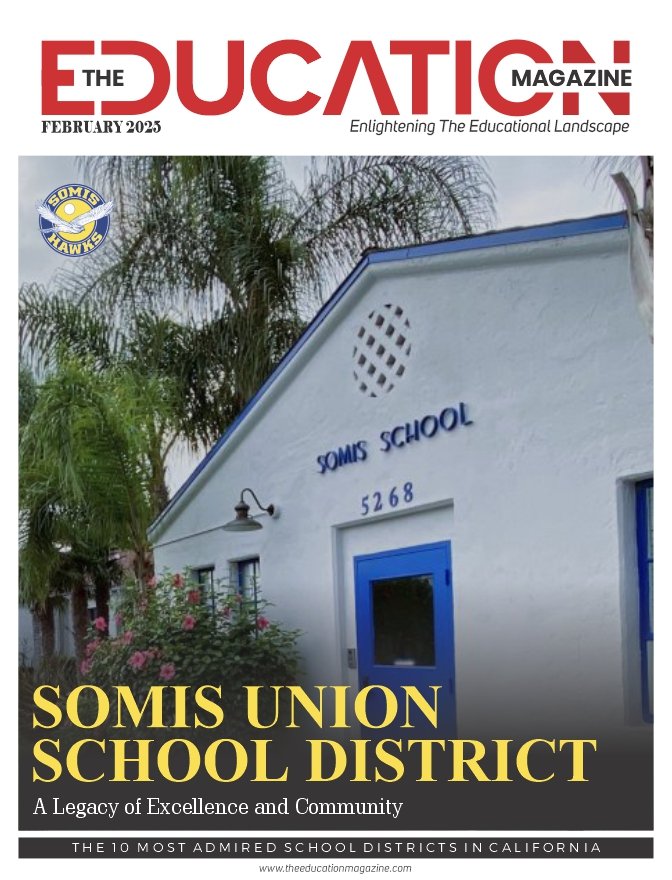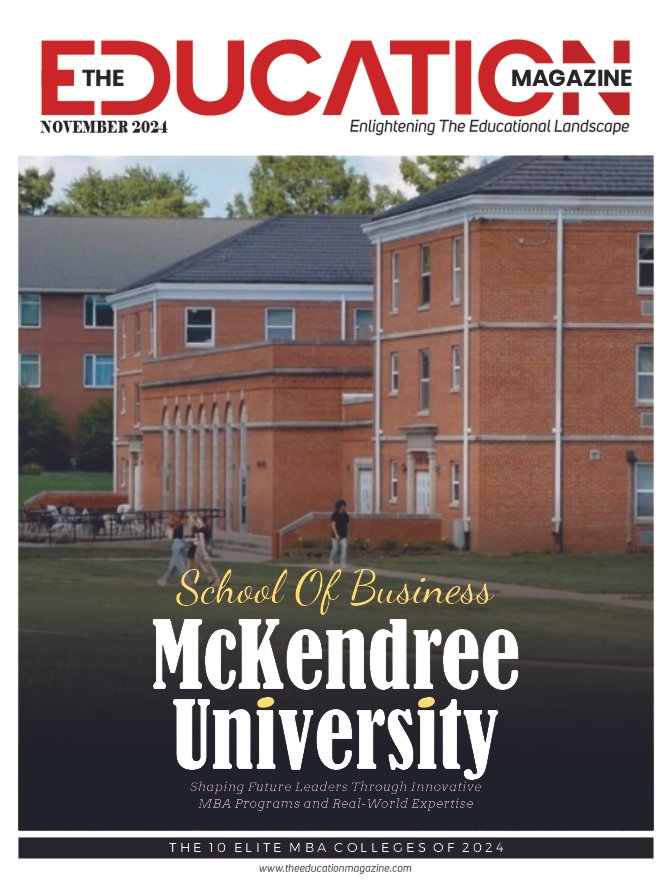Education has always adapted to new tools and methodologies. With technology on the rise, a revolutionary approach called “blended learning technologies” has emerged, forever changing education.
Blended learning technologies combine traditional face-to-face instruction with digital tools and resources. This creates a flexible, personalized learning experience for students. Let’s take an in-depth look at this transformative approach to learning. We will examine its core components and numerous benefits. We will also explore how you can unlock the full potential of blended learning technologies for yourself or your organization.
Defining Blended Learning Technologies
Forget rigid classroom settings and passive learning. Blended learning technologies represent a paradigm shift, catering to diverse learning styles and creating greater student engagement.
The Essence of Hybrid Learning
It’s about integrating traditional face-to-face learning with online components in a meaningful way. It’s not just about supplementing classroom time with technology. It’s about strategically using a mix of digital tools and resources to enhance the in-person learning experience.
This could include anything from blended learning in physiology, which combines lectures with online simulations, or using virtual reality to bring history to life. Each component of blended learning technologies works together. This creates a more holistic, engaging, and effective educational experience.
Unveiling the Benefits: Why Blended Learning Technologies?
Incorporating blended learning technologies can lead to more engaged students. Some other benefits include increased knowledge retention, and even higher grades.
Enhanced Flexibility and Accessibility
Imagine learning at your own pace, from anywhere in the world, at any time. This is the potential of blended learning technologies. By incorporating online elements, educators can give students the flexibility to access course materials. They can also complete assignments, and review concepts on their own time.
This accessibility breaks down geographical barriers. It makes education possible for individuals who may not have access to traditional learning settings. For instance, a single parent working full-time can participate in an online training program on their own schedule. Someone living in a remote area can take advantage of a blended learning program. This combines virtual sessions with self-paced online modules.
Personalized Learning Pathways
Blended learning technologies empower educators to tailor their instruction to meet individual needs. In the past, teachers had to deliver a standardized curriculum. This was despite students in a single classroom having a range of abilities, learning styles, and paces.
However, by embracing technology, we can now create differentiated instruction and personalized learning experiences. Learning platforms with machine learning models can analyze student performance data. They can tailor content and deliver personalized recommendations. This fosters a deeper understanding for each learner.
Fostering Student-Centered Learning
Blended learning moves away from the traditional teacher-centric model. By incorporating engaging online tools, gamified quizzes, and interactive exercises, educators can create a more immersive learning environment. This encourages active participation and deeper comprehension.
Students go from passively absorbing information to becoming active learners who take ownership of their education. Blended learning flips the script. Instead of focusing solely on delivering information, instructors can guide, facilitate, and provide personalized feedback. Students progress at their own pace. This active, engaging learning environment helps unlock students’ curiosity, allowing them to discover their learning potential in new and exciting ways.
Practical Applications: Implementing Blended Learning Technologies
There are many successful examples of institutions and programs incorporating these technologies across all levels.
Integrating Learning Management Systems
Learning Management Systems (LMS) are central to the success of blended learning. They act as the backbone of course delivery, content management, and communication in educational settings. With robust Learning Management Systems, educators can organize and share course materials, administer assignments, track student progress, facilitate online discussions, and host virtual office hours.
Platforms like Moodle, Blackboard, and Canvas give educators the ability to foster interactive and engaging online learning environments for students. There’s also the option to leverage dedicated platforms built for specific industries. For example, comprehensive Learning Management Systems cater to the needs of remote employees. Similarly, businesses can opt for more robust Learning Management Systems to streamline their onboarding process.
The Power of Interactive Content
Blended learning technologies go far beyond static textbooks and passive lectures. Educators are seamlessly integrating interactive elements, video tutorials, gamified assessments, simulations, and virtual reality experiences.
These immersive tools engage learners on a deeper level. They also make learning enjoyable. For instance, imagine you’re a student trying to understand complex physics concepts. Wouldn’t you rather visualize and manipulate objects in a virtual reality environment? That’s much better than simply reading about them in a textbook. It’s a dynamic method that breathes life into otherwise abstract concepts.
Leveraging Collaboration and Communication
Gone are the days of isolating learners in their own silos. Blended learning embraces digital collaboration tools. This fosters a strong sense of community and facilitates engaging peer-to-peer interactions.
Using tools like Zoom and Microsoft Teams, instructors can facilitate synchronous online sessions. Students can interact face-to-face virtually. Students can also engage in breakout room discussions for smaller group collaborations. Beyond real-time communication, platforms like Google Docs offer the space to collaborate. Students can work together on assignments and projects from anywhere in the world. This encourages teamwork and communication. It also prepares students for the collaborative work environments they’ll encounter in the workforce.
Blended Learning Technologies: The Future of Education?
Blended learning is not merely a passing trend. As technology evolves at an unprecedented pace, we can anticipate even more sophisticated and innovative tools. This will enhance the learning journey and redefine how education is perceived and experienced worldwide.
We have witnessed how traditional learning methodologies have intertwined with cutting-edge digital resources. This has allowed for the delivery of a more personalized and engaging learning experience. With the ongoing advancement of technology, it is inevitable that blended learning technologies will become increasingly intuitive, sophisticated, and integral to shaping the future of education for generations to come.
Also Read: The Future of Education: Embracing Technological Innovations and Holistic Learning










